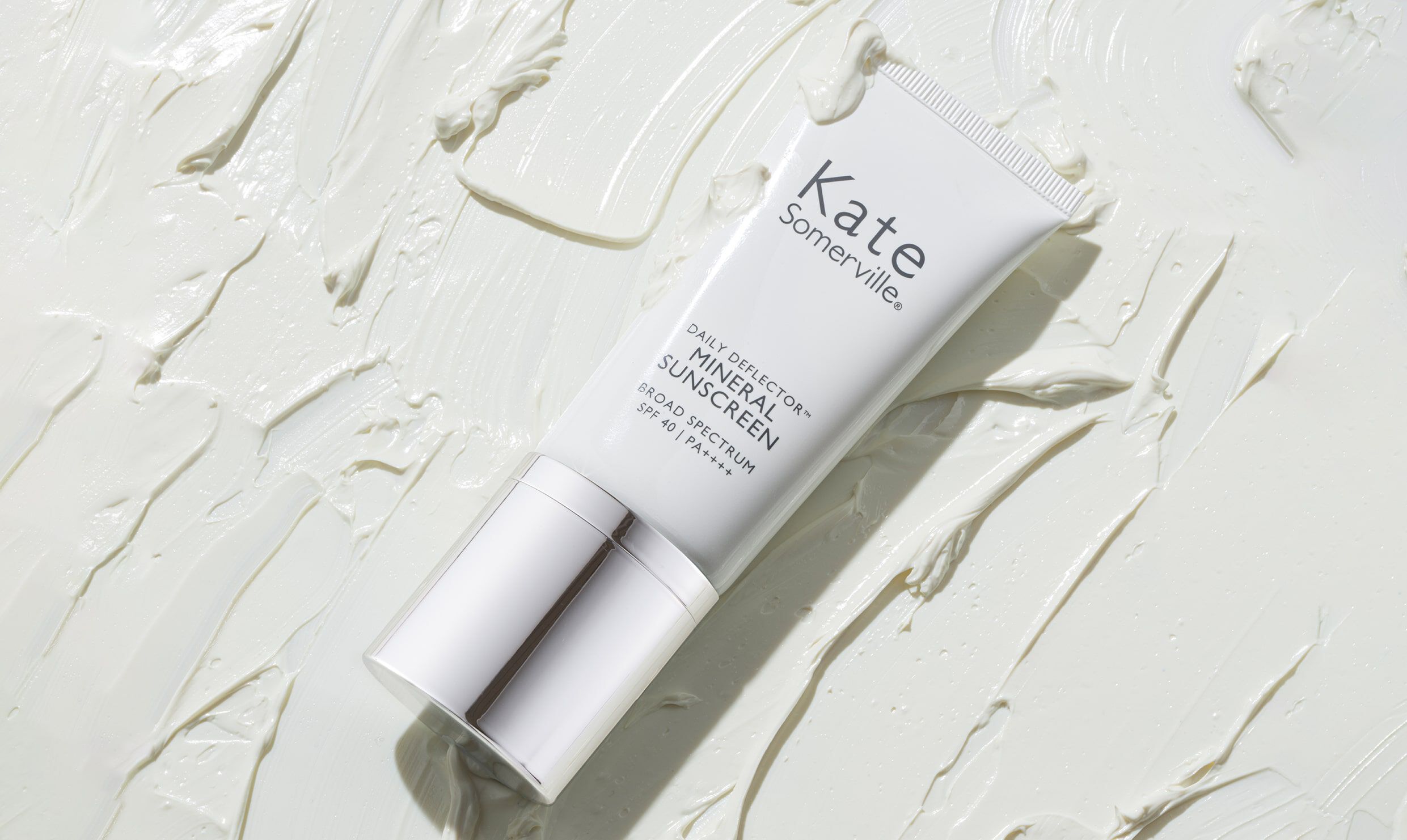
Sunscreen is a non-negotiable step in our skincare routine. We slather it on our bodies before heading out for a day at the beach, but what about our faces? The skin on our face needs special attention and care.
When it comes to safeguarding our faces, the application of sunscreen is crucial, but do you know exactly how much sunscreen to use on face?
If’s important to apply enough to protect your skin, but using too much or the wrong type can also lead to skin irritation. Let’s talk about the ins and outs of facial sunscreen application and the proper amount to use for optimal protection.
Why Facial Sunscreen is Important
Before we delve into the nitty-gritty of sunscreen application, let’s first understand why facial sunscreen is of utmost importance. The sun emits harmful ultraviolet (UV) rays, categorized as UVA and UVB. UVA rays penetrate deep into the skin, causing premature aging, while UVB rays primarily lead to sunburn. Sunscreen acts as a barrier that absorbs or reflects these harmful UV rays, preventing them from penetrating the skin and causing damage.
Types of Sunscreen
When it comes to sunscreen, chemical and mineral sunscreen are the two main types. Chemical sunscreens absorb UV rays and convert them into heat, while mineral sunscreens create a protective barrier that reflects the sun’s rays away from your skin. For those with sensitive skin or a preference for natural ingredients, mineral sunscreens, often containing zinc oxide or titanium dioxide, are an excellent choice. On the other hand, chemical sunscreens offer a lightweight and transparent option for easy everyday wear.
So, when choosing between mineral vs chemical sunscreen, consider your skin type and preferences to ensure you’re getting the right protection for your needs.
What SPF to Choose
You’ve seen the letters SPF followed by a number on every sunscreen product, but what does it mean? SPF, or Sun Protection Factor, indicates the level of protection a sunscreen offers against UVB rays. As we mentioned earlier, UVB rays are mainly responsible for causing sunburns. Dermatologists generally recommend using an SPF of 30 or higher for daily use.
For extended outdoor activities, such as beach days or hiking, consider using SPF 50 or above to safeguard your skin against prolonged UV exposure. Remember, sunscreen is not just for sunny days. Even on cloudy days, UV rays can still penetrate through the clouds. Don’t forget to wear sunscreen on your face every day, regardless of the weather.
It’s important to understand that no sunscreen provides 100% protection, regardless of the SPF. The key lies in proper application and reapplication.
Recommended Amount of Sunscreen
Using the right amount of sunscreen is as crucial as selecting the correct SPF. Most people apply far less sunscreen than necessary, which can significantly diminish its protective effects. When it comes to applying sunscreen on your face, the recommended amount is around 1⁄4 teaspoon. This may not seem like much, but applying enough is important to get adequate coverage. An alternative method to determine how much sunscreen you need is the two-finger rule. Squeeze out enough sunscreen to cover the length of two fingers.
A general rule is to cover all areas of exposed skin, including your ears, neck, and décolletage.
If you’re using a spray sunscreen, make sure to apply it generously to ensure complete coverage. It’s also recommended to reapply sunscreen every two hours or more often if you’re sweating or swimming.
Incorporating Sunscreen into Your Skincare Routine
Wondering does sunscreen help acne, signs of aging, hyperpigmentation, dark spots, etc? The answer to all of these is yes! Sunscreen offers a variety of benefits for the skin and incorporating it into your routine can work wonders. Here’s how to add sunscreen to your skincare routine:
- Cleansing: Start with a gentle cleanser to remove dirt, oil, and impurities from your skin. The DeliKate® Soothing Cleanser is a great option, especially for sensitive skin.
- Toning: Use a toner to balance your skin’s pH levels and prepare it for the next steps.
- Serums and Moisturizers: Apply any serums or moisturizers you typically use. Wait a few minutes for them to absorb. If you’re looking to add a serum to your skincare routine, opt for a gentle yet effective one like the DeliKate® Recovery Serum that aids stressed skin and restores the skin’s protective barrier.
- Sunscreen: Apply the recommended amount of sunscreen to your face, neck, and any exposed areas.
Makeup: If you wear makeup, apply it after the sunscreen has fully absorbed. Looking for extra protection, use the UncompliKated SPF 50 Setting Spray after applying makeup.
- Reapplication: Throughout the day, remember to reapply sunscreen every two hours or as needed, especially if you’re spending time outdoors.
Sun Protection for Healthy Skin
Among the various methods of sun protection, applying sunscreen is undoubtedly one of the most effective. However, the effectiveness of sunscreen largely depends on using the right amount, besides choosing the right type and SPF. Sun protection is the cornerstone of healthy, protected, and glowing skin.
When it comes to sun protection, don’t forget to also seek out shaded areas during the peak sun hours, typically between 10 am and 4 pm, when the sun’s radiation is at its strongest. If you wear makeup, consider using products that have built-in SPF to provide an additional protective barrier.
Remember, taking care of your skin is not just a seasonal concern but a year-round commitment. Prioritize your skin’s health, your skin will thank you for it!






